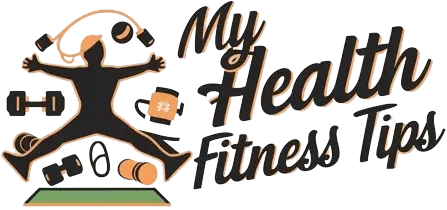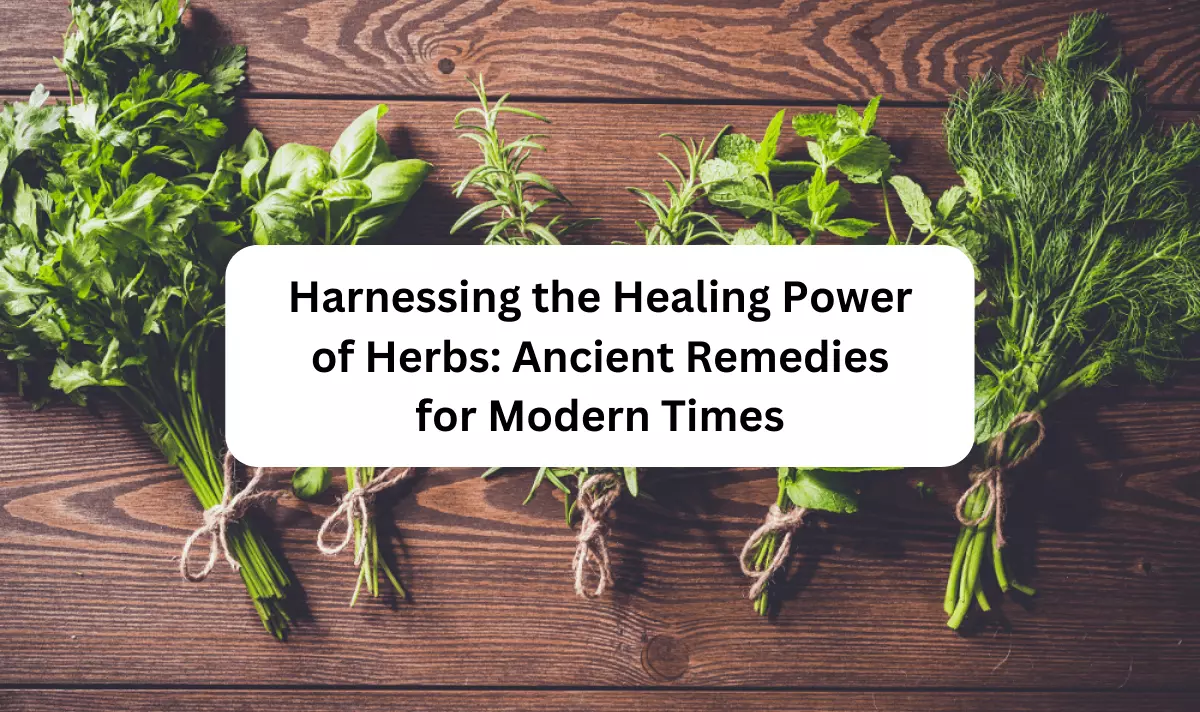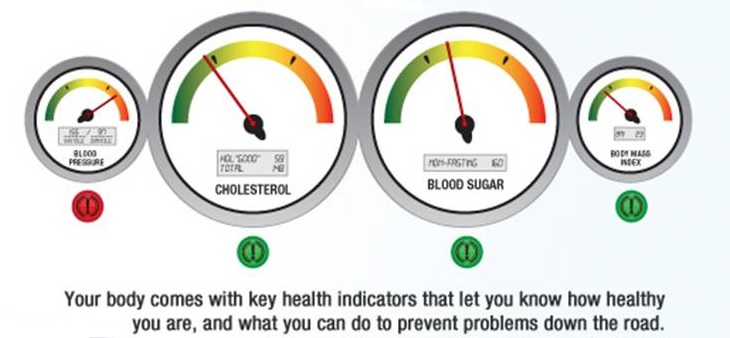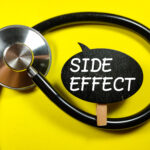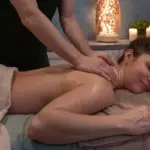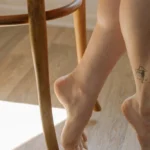It happened in May. I was crouched low in the garden, planting petunias, when I stood up too fast and heard something snap in my lower back—not a literal sound, but a sharp internal zing that told me I had made a mistake.

At first, I thought it was one of those twinges that fades if you walk it off. I even joked to myself about getting older. But by the time I went to bed, I was moving like a marionette. Every twist, every lean, every attempt to put on socks felt like I was walking a tightrope with pain waiting on either side.
Oddly enough, when I was lying in bed, I felt nothing. Not a whisper of discomfort. But the moment I tried to sit up—BANG! It was like someone was stabbing me in the spine with an electric charge. From there, the pain radiated down into my buttocks, wrapping my hip in fire.
I limped around for days thinking it would go away. It didn’t. Each morning was a miserable cycle of dread. I’d wake up, lie there, afraid to move. The first hour of the day was agony. My usual warm shower didn’t touch it. Stretching made it worse. Ibuprofen might as well have been Tic Tacs.
That’s when a friend told me about medical massage in Loveland. I wasn’t in the mood for candles and pan flutes—I needed someone with anatomy training and real therapeutic skills. The place they recommended promised just that.
The place looked more like a clinic than a spa, which reassured me. Neutral walls, a clean waiting room, soft instrumental music—but not the kind that made me feel like I was supposed to be relaxing on a beach. The intake form asked about my pain in detail. Where, how long, when it worsened. I explained the strange morning pain, the lack of symptoms while lying down, and the way it felt like lightning in my back the moment I stood.
My therapist greeted me with a calm confidence. Her handshake was firm but kind. She listened without interrupting as I described my symptoms again, nodding thoughtfully. “Sounds like you’ve got a gluteal trigger point referring pain to your low back,” she said. “Let’s see if we can find it.”
I lay face down on the table, and she got to work—no small talk, no fluff. Within minutes, she zeroed in on a muscle near my right hip and pressed in deep. I flinched. “That’s it,” I gasped. It was as if she’d tapped into the pain itself.
She stayed there, working slowly and methodically, like she was unwinding a knot tied in a rubber band. Every few minutes, she’d back off, let the muscle breathe, and return again. I’d had massages before, but this wasn’t like those. This wasn’t for relaxation. It was treatment. Therapy. It was as if her hands were asking questions and my body was answering with tension.
At one point, she held pressure for a long stretch—maybe a full minute. Then, all at once, something gave. Not a pop, not a crack—more like a letting go, deep in the muscle. And with that, I exhaled. I didn’t even realize I’d been holding my breath.
Afterward, I sat up slowly, testing my range of motion like someone who didn’t trust their own body yet. There was still soreness, but that stabbing, paralyzing bolt was gone. I could stand straight. I could walk without guarding. I didn’t cry, but I almost did.
She handed me a bottle of water and some simple instructions—drink more, move gently, and come back in three days. That night, I slept better than I had in weeks.
The next morning, I braced myself for the usual ambush as I swung my legs out of bed. I hesitated, took a breath, then stood up. No lightning. No grab. No limp. Just me, vertical and steady.
By the time I went in for my second session, I was already convinced. She found smaller points of tension and worked those too. Each session built on the last. It wasn’t magic—it was knowledge and skill. And it worked.
On the third visit, she suggested I add chiropractic care in their in Loveland office to continue improving my mobility and prevent the issue from returning. I hesitated again, but she explained how the structural work of chiropractic combined with soft tissue therapy could shorten my recovery time. I’d need fewer sessions overall, and the results would hold longer. That kind of integrative care made sense. And after what her hands had done for my back, I was more than willing to try.
I kept going for both. I even added a short acupuncture session once, which she said could help reset nerve tension. Each piece of care seemed to support the others. It wasn’t about chasing comfort anymore—it was about real healing.
Now, when I walk out into the garden, I don’t worry about my back revolting. I bend, I lift, I stand tall. And if anything flares up, I know who to call. Not a spa. Not a generic clinic. A real therapeutic team who knows how the body works—and more importantly, how it heals.
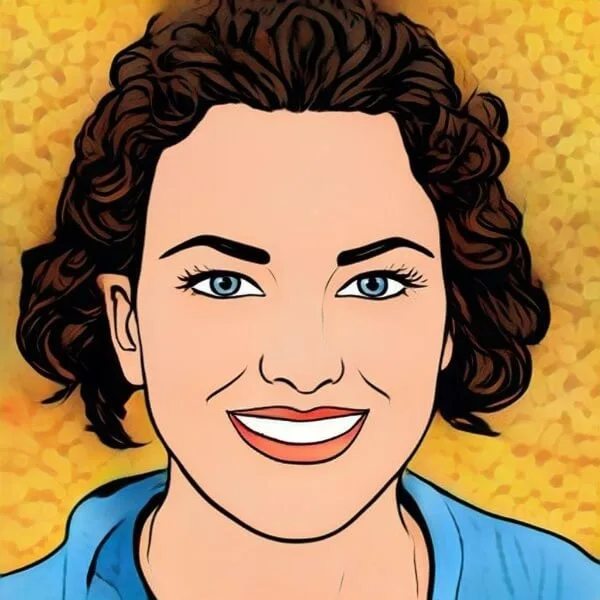
Alina Smith is a health blog author with an interest in the intersection of wellness and mental health. She’s worked as a writer, editor, and communications specialist for various healthcare organizations. Alina has also led projects to improve access to care for underserved populations in both rural and urban settings.
